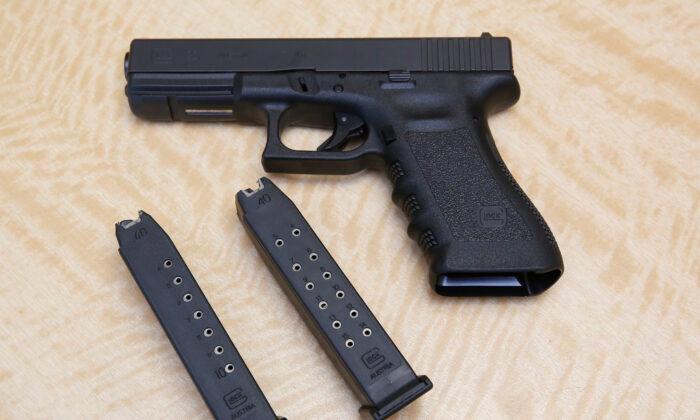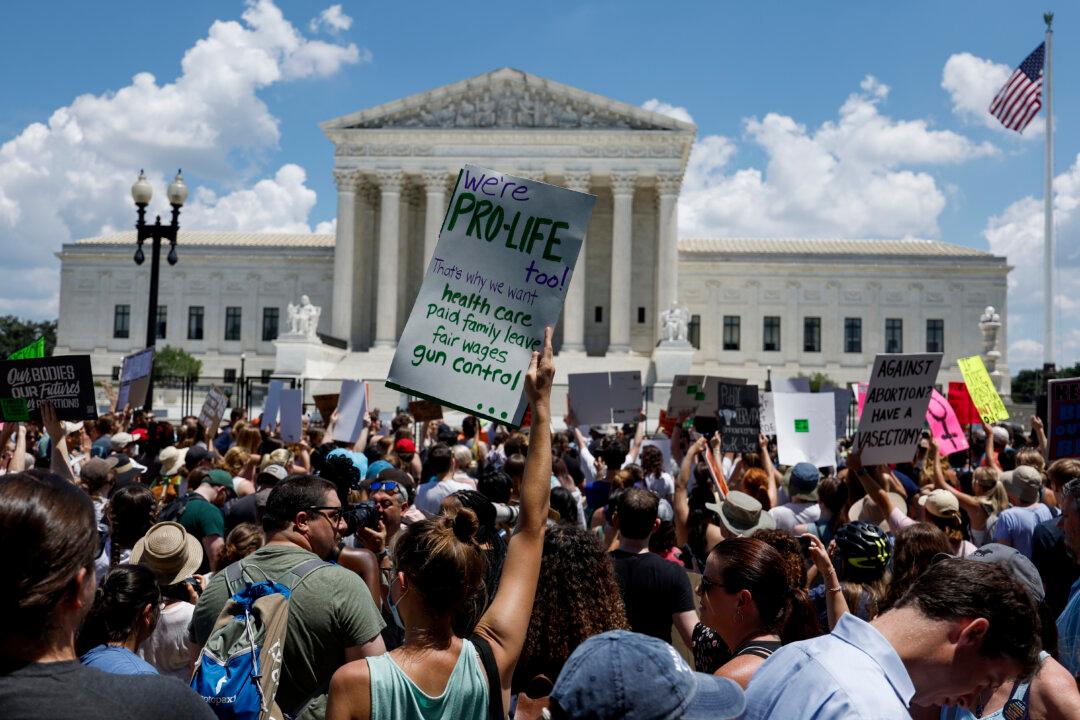Election laws vary broadly from state to state, which in turn dictates how their counties administer elections. At the same time, all county election officials work closely with federal, state, and local election officials to ensure that their voting systems are as safe and secure as possible.
The nation’s 3,069 counties’ voting systems include voter registration, voter check-in systems, and voting machines. Each part of the system has to be monitored by county officials to meet federal and state safety regulations.
The Election Assistance Commission is the federal agency that works with states to ensure compliance with federal voting safety measures and distributes federal grants to states for this purpose.
Ben Hovland, Commissioner of the Election Assistance Commission, said that when Congress created the EAC, “They recognized the 50 states, essentially run elections 50 different ways, and someone needs to try to keep track of that, which is what we try to do, but this is particularly true because the diversity has allowed for some great innovation and experimentation and how to best serve the voters.”
Counties have been in the process of modernizing voter registration by implementing electronic registration to make voting more accessible and lower the cost. Ten states and the district of Columbia have automated voter registration.
Polling locations are often selected for how accessible they will be for voters. Local law enforcement officials are enlisted to do security checks and are present on-site during polling. Most states also train their poll workers to assist voters and look out for voter fraud and other potential security issues.
The Help America Vote Act (HAVA) of 2012 was passed as Congress sought to update polling technology to make voting more efficient and safer from outside manipulation.
Counties may use different types of voting machines, but they all have strict voting machine set-up policies and security protocols.
38 states are using an auditable paper voter record, leaving 12 states with no paper trail with which to verify votes if, for some reason, the electronic system fails.
According to NACo, in 2000, the cost of running elections in the United States was $1 billion. However, the cost increased after HAVA was passed and upgrades to voter systems were put in place. Currently, the need to continually modernize, store, and set up voting machines has raised the cost of elections significantly. The cost of elections is borne mainly by counties, but states do contribute to voter registration databases and sometimes voting equipment. Each county’s outlay is dependent on its voting population and the type of machines used.





